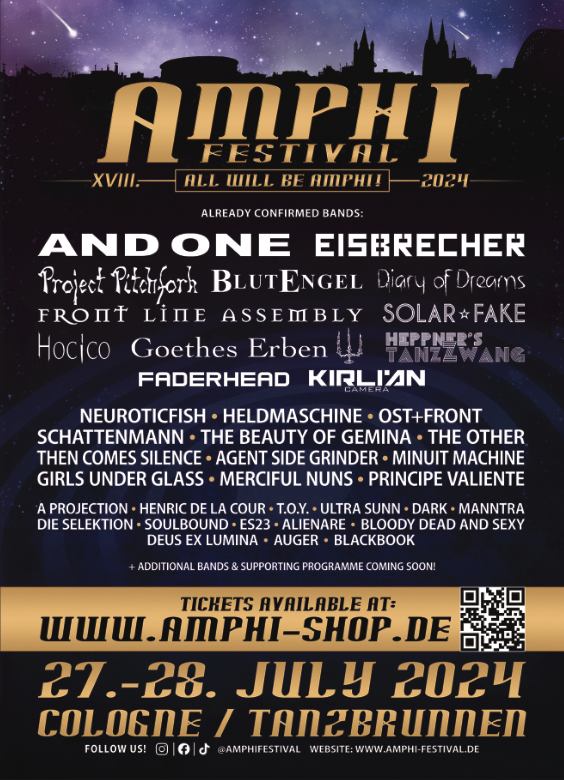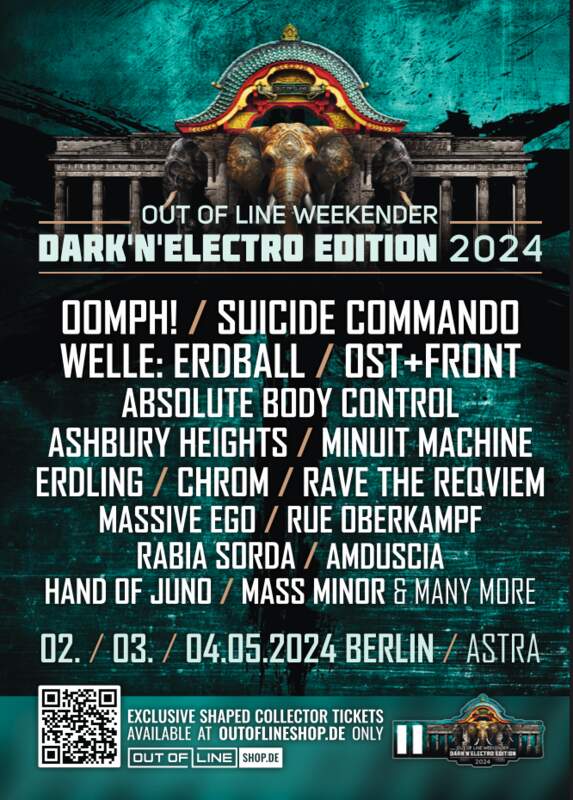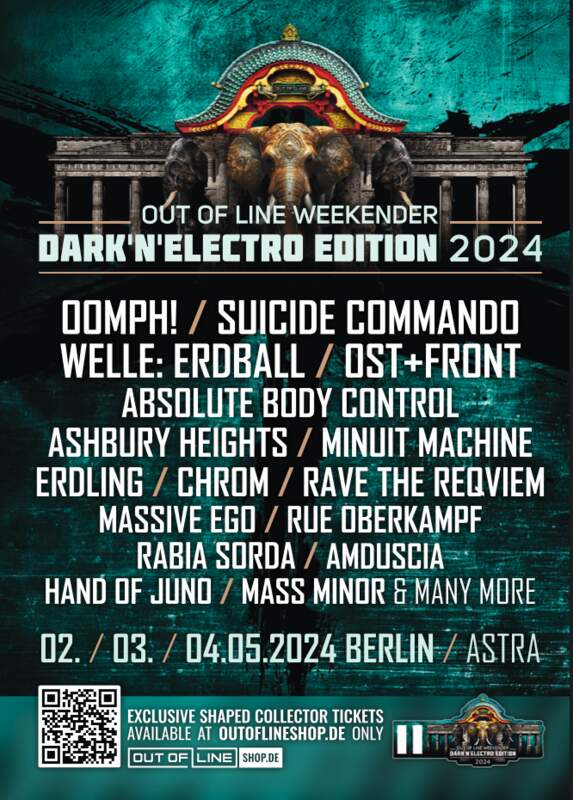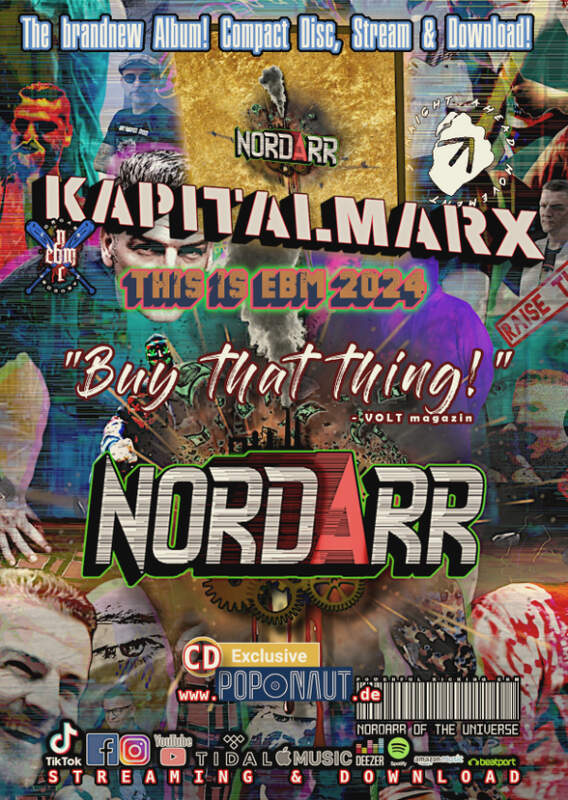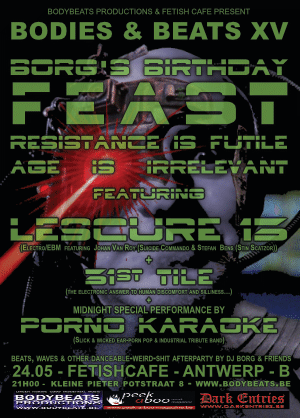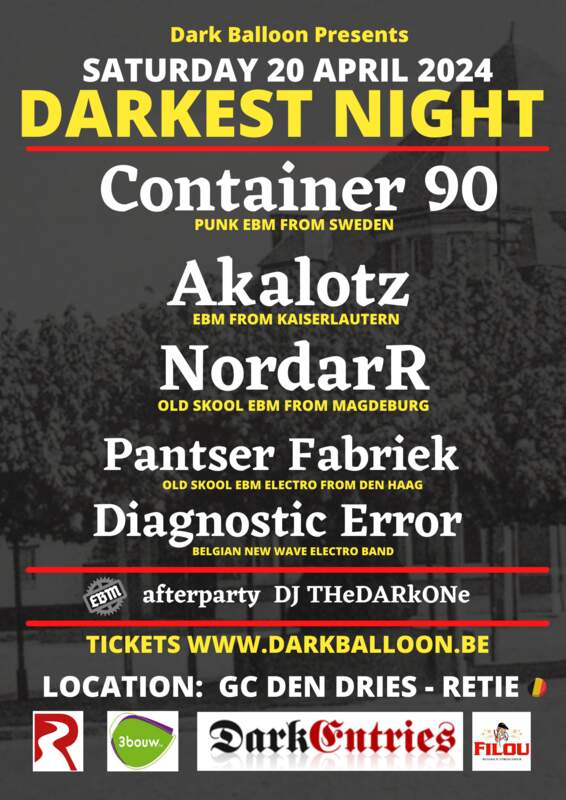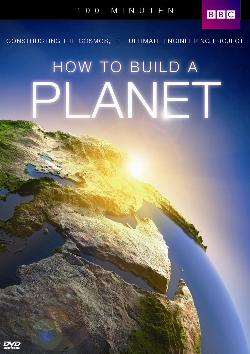
NICK SHOOLINGIN-JORDAN
How to Build a Planet
Movie • DocumentaryDocumentary • Special Interest
[80/100]

Just Bridge
28/11/2014, William LIÉNARD
Between the Big Bang (expansion of the universe) and our current world there is a time distance of 13.8 billion years. Our Earth was formed about 4.7 billion years ago, but life appeared much later. Mammals are situated around 300 million years ago as descendants of mammal-like reptiles and only 5 million years ago the human species broke away from the monkeys. On a paper strip of 100 cm, the human race would be situated in the last 3 to 4 millimeters! Universe and infinity will always be elusive concepts for us because, as part of the system, we may never be able to get an overview, we will never know what concept is behind the system and whether there is a goal or a purpose. We are in the same situation as a goldfish in a bowl: we can look outside, but we hardly understand what is going on out there.
What we do know or at least approximately, is what happened after the Big Bang, because modern technology enables us to reconstruct parts of the process in a laboratory. The BBC allowed itself to be drawn into a prestigious project: How to Build a Planet and by extension a Universe. Sometimes it seems self-evident because it is there, but if scientists try to explain it, they are confronted with what seem to be insurmountable problems since not everything that plays a role in the process is visible or provable, for example dark matter, 95 percent of the building material of the universe. But closer, in connection with the origination of our Earth, and more particularly with the emergence of life on our planet, the evidence is based at least partly on assumptions, because whether life is one of the properties of matter (and thus occurs anytime and anywhere), or whether our planet has been infected by an evolution in the rest of the universe or has been designed by a super intelligence, that is an infinite mystery. Opinions are divided, with the so called Abiogenesists (everything is infinite eternal) on the one hand and the so-called Creationists (everything is created) on the other.
In How to Build a Planet the Directors avoid the philosophical aspects and concentrate on the practical side of the matter: the Big Bang primordial soup generated a perfect spherical rock on which a bizarre feature called life sprang up that may not be unique in our universe, but until now no usable evidence of life has been found in our part of the Galaxy, not even with the most sophisticated equipment. For the time being we are unique and it remains to be seen whether we should be sad about it.
In the documentary How to Build a Planet the making of a planet is entrusted to an engineer who, on the platform of an impossibly high tower, overlooks the creative process. Perfectly placed technical and graphic images illustrate the tests and examinations of the scientists in their laboratories and the Directors take the viewer places more than 3 km below the ground (to exclude interference) where the Earth’s gravity is studied with high-tech and radioactive material and attempts are made to simulate the creation process of stars. The results help our architectural engineer to complete the creation process of our Earth.
But the Earth and everything on it can not be separated from the rest of our universe, because without the Sun there was obviously no earth and without the milky way there was no solar system. And the milky way is ultimately just one of billions of galaxies in the universe. If you're wondering how to build a planet, it is also logical that you're wondering how to make a universe, because without the universe we would not be able to put the questions about how en why. To this end, the process of 13.8 billion years ago is initiated by our engineer op his high tower. Luckily he needs no more than 50 minutes take the process to a successful conclusion, but the problem of life is not solved, because that is separate from the formation of the universe and all its parts, even though you could call the making stars and planets a kind of birth and the disappearance of whole galaxies in a black hole as a form of death. Create and destroy, it seems to be a constant in our universe.
Dark matter is the last barrier for scientists, but it is generally agreed that it is responsible for the balance in the universe in order not to fall apart but to organise the cohesion of the galaxies. In How to build a Universe dark matter is portrayed as a system of long invisible wires between the galaxies, but also between solar systems and planets to keep the balance and avoid chaos. Highly technical matter is explained and illustrated in an understandable and visually attractive way for laymen.
William LIÉNARD
28/11/2014
Tussen de Big Bang (uitzetting van het heelal) en onze huidige wereld ligt een tijdsafstand van 13,8 miljard jaar. Onze aarde ontstond zo’n 4,7 miljard jaar geleden en het leven op aarde verscheen nog veel later. Zoogdieren worden omstreeks 300 miljoen jaar geleden gesitueerd als nakomelingen van zoogdierachtige reptielen en pas 5 miljoen jaar geleden splitste de menselijke soort zich af van de apen. Als je dat hele proces op een papierstrook van 100 cm zou uittekenen, dan situeert de menselijke soort zich in de laatste 3 à 4 millimeter! Heelal en oneindigheid zullen wel altijd min of meer ongrijpbare begrippen voor ons blijven, want als onderdeel van het systeem zijn we wellicht nooit in staat om een overzicht te krijgen over hoe het allemaal is ontstaan, wat de motor is achter het systeem en of er sprake is van een doel of een bedoeling. We zitten een beetje in dezelfde situatie als een goudvis in een bokaal: we kunnen naar buiten kijken, maar we begrijpen nauwelijks wat er daar aan de hand is.
Wat we ondertussen wél weten of tenminste bij benadering, is hoe het er na de Big Bang (Oerknal) aan toe is gegaan, want de technologie staat ver genoeg om sommige processen in laboratoria te reconstrueren. Daarvan hebben ze bij de BBC gebruik gemaakt om een zeer prestigieus project op het getouw te zetten: hoe bouw ik een planeet en bij uitbreiding een heelal. Het lijkt soms allemaal vanzelfsprekend, want het is er nu eenmaal, maar als men het wetenschappelijk wil verklaren staan de wetenschappers voor schijnbaar onoverkomelijke problemen, want niet alles wat een rol speelt in het proces is zichtbaar of bewijsbaar, zoals donkere materie bijvoorbeeld, waarvan men met aan zekerheid grenzende waarschijnlijkheid vermoedt dat ze 95 procent van de bouwstof van het heelal vertegenwoordigt, terwijl we ze niet kunnen zien of aanraken en men er in laboratoria nog nauwelijks in is geslaagd om bewijzen voor het bestaan ervan bijeen te harken. Maar ook dichterbij, nl. in verband met het ontstaan van onze aarde en meer in het bijzonder met het ontstaan van leven op onze planeet, steunt het bewijsmateriaal minstens gedeeltelijk op veronderstellingen, want of leven één van de eigenschappen van materie is (en dus overal en altijd voorkomt), of onze planeet besmet is door een evolutie in de rest van de ruimte of eerder het werk is van een superintelligentie, daarover zijn de meningen verdeeld, met de zgn. Abiogenesisten (alles is oneindig een eeuwig) aan de ene en de zgn. Creationisten (alles is ooit gecreëerd) aan de andere kant.
In How to Build a Planet gaan de makers de filosofische aspecten uit de weg en concentreren ze zich op praktische kant van de zaak, want uit de Big Bang-oersoep werd een perfecte bolvormige rots tevoorschijn getoverd waarop een bizarre eigenschap als leven ontstond die misschien niet uniek is in ons heelal, maar waarvoor in elk geval nog geen bruikbare bewijzen zijn gevonden in dat deel van de Melkweg dat met de meest gesofistikeerde apparatuur kan worden gescand. Voorlopig zijn we dus uniek en het is maar de vraag of we daar treurig om moeten zijn.
In de documentaire How to Build a Planet wordt het maken van een planeet toevertrouwd aan een bouwkundig ingenieur die van op het platform van een onmogelijk hoge pilloon de werkzaamheden stuurt, waarbij elke nieuwe actie wordt ondersteund met een perfect in beeld gebrachte technische en grafisch geïllustreerde uitleg en af en toe een kijkje in een wetenschappelijk laboratorium waar de desbetreffende test of het desbetreffende onderzoek wordt uitgevoerd. Dat laatste aspect is misschien wel het meest verrassende in deze documentaire, want de makers voeren de kijker mee naar laboratoria die anderhalve tot 3 km onder de grond liggen (om interferentie uit te sluiten) en waar met hoogwaardig en vaak radioactief materiaal de zwaartekracht wordt bestudeerd of wordt gepoogd om het creatieproces van sterren te simuleren. De resultaten gebruikt onze bouwkundige ingenieur om het maakproces van onze aarde te voltooien.
Maar de aarde en alles wat erop leeft kan niet los worden gezien van de rest van ons heelal, want zonder de zon was er uiteraard geen aarde en zonder de Melkweg was er geen zonnestelsel. En de Melkweg is uiteindelijk maar één van de miljarden sterrenstelsels in het heelal. Als je je afvraagt hoe je een planeet bouwt, is het met andere woorden ook logisch dat je je afvraagt hoe je een heelal bouwt, want zonder heelal zouden we de vraag zelfs niet kunnen stellen. Daarvoor wordt opnieuw een beroep gedaan op de bouwmeester op z’n hoge pilloon die de Big Bang simuleert en het proces van 13.8 miljard jaar in gang zet. Gelukkig heeft hij voldoende aan 50 minuten om het proces tot een goed einde te brengen, maar het probleem leven lost hij uiteraard niet op, want dat staat los van de vorming van het heelal en al z’n onderdelen, alhoewel je het maken van sterren en planeten uiteraard ook een vorm van geboorte zou kunnen noemen en het verdwijnen van hele sterrenstelsels in een zwart gat als een vorm van doodgaan. Maken en vernietigen, het lijkt een constante te zijn in ons heelal.
Donkere materie, we schreven het al, is de laatste barrière voor wetenschappers, maar men is het er in het algemeen over eens dat die voor de orde in het heelal zorgt zodat sterrenstelsels niet uiteen vallen en de cohesie in het systeem bewaard wordt. In How to build a Universe wordt donkere materie dan ook voorgesteld als een systeem van lange draden die sterrenstelsels, maar ook zonnestelsels en hun planeten met elkaar verbinden en in een relatief evenwicht houden. Bovendien wordt een zeer technische materie op een voor leken zeer begrijpelijk manier uitgelegd en op een visueel aantrekkelijke manier geïllustreerd.
Kosmologie is geen gemakkelijk onderwerp, maar in How to Build a Planet wordt het op een wetenschappelijk verantwoorde en toch begrijpelijke manier gepresenteerd. Voor wie er het fijne van wil weten is dit een zeer toegankelijke en leerzame productie die verrast, maar ook emotioneert, want is het ontstaan van het heelal niet het ultieme wonder en is het leven op aarde niet de meest opwindende aspect van ons bestaan?
How To Build A Planet
Nick Shoolingin-Jordan, Nigel Simpkiss, Mike Slee
Documentaire/Documentary
GB, 2013
100 min. – 1.78:1 PAL – English DD 5.1
Ondertitels/Subtitles: Nederlands
Extra: -
William LIÉNARD
28/11/2014

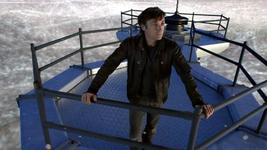
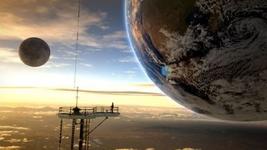
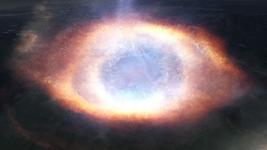
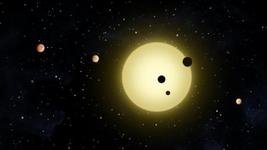
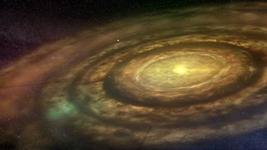
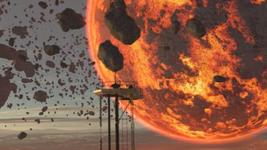
Next reviews
ENZO G. CASTELLARI • Escape From The Bronx
COOL GHOULS • A Swirling Fire Burning Through The Rye
EAVES • As Old As the Grave
TAKASHI SHIMIZU • Flight 7500
RON HOWARD • Splash
ROYKSOPP • The Inevitable End
GOD'S BOW • Tranquilizer
ROBIN CAMPILLO • Eastern Boys
RICHARD LINKLATER • Boyhood
ADVANCE • Deus Ex Machina
Same combination of genres: DOCUMENTARY + SPECIAL INTEREST
DAVID ATTENBOROUGH • Galápagos
ELLEN VERMEULEN • 9999
Same genre: DOCUMENTARY
PETER CASAER • AFFLICTION
MARC BAUDER • Master of the Universe
PETER ANTHONY • The Man who Saved the World
THOMAS WALLNER & EVA KUPPER • Gardenia
JOACHIM FEST • Speer, The Final Verdict ׀ Speer
FILMFEST GHENT 2015 • Kent Jones: Hitchcock/Truffaut
FILMFEST GHENT 2015 • B-Movie: Lust & Sound in West-Berlin 1979-1989
• OPERATION BARBAROSSA
PETER ROBINSON • Asylum
GABE POLSKY • Red Army


